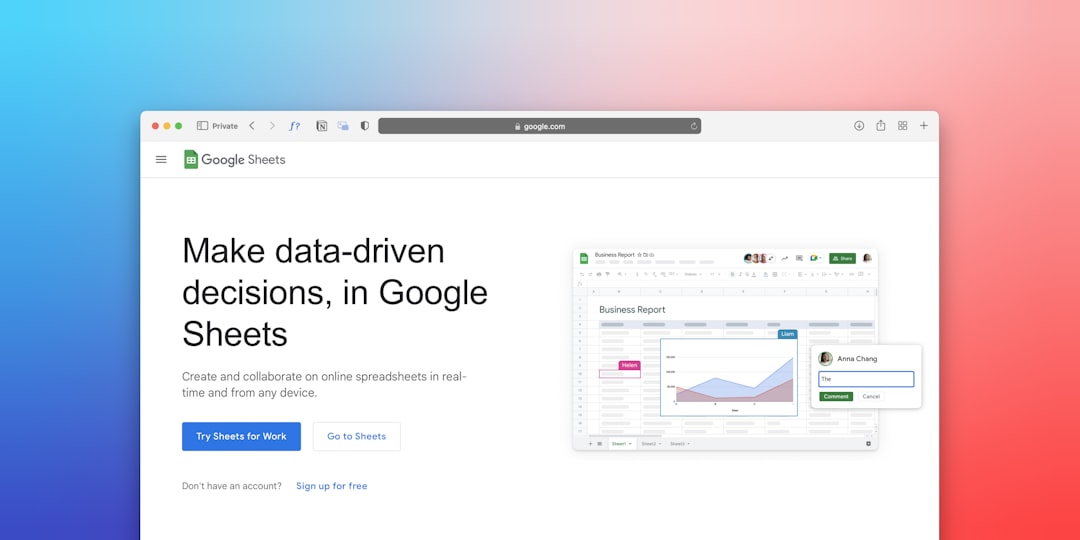Innovation is at the heart of nearly every digital strategy. For companies looking to showcase research initiatives, experimental features, or cutting-edge prototypes, launching a “Labs” section on their website is a compelling way to demonstrate thought leadership and forward-thinking. However, without proper planning, such initiatives can inadvertently compromise your site’s SEO performance. This article explores trusted methodologies for launching a Labs section without damaging the integrity of your existing search engine optimization.
What Is a “Labs” Section?
A Labs section is typically a microsite or dedicated area of a website that hosts experimental content—projects that are not yet fully productized or in beta stages of development. These can include interactive tools, demos, thought pieces, or open-source software. While immensely valuable to certain user segments, this type of content can pose challenges from an SEO standpoint if not carefully structured and maintained.
Why SEO Concerns Arise with Labs Pages
Search engines like Google value quality, relevance, and authority. A Labs section—if mismanaged—can dilute your site’s topical authority by introducing content that is:
- Off-topic or unrelated to the core commercial purpose of your website
- Sparse in content or lacking optimization (e.g., thin pages)
- Not regularly maintained or updated
- Prone to broken links or outdated media
Search engines might struggle to interpret this section correctly, associating lower quality with your overall domain. However, smart technical approaches and content planning can help avoid these pitfalls.
Step-by-Step Guide to Launching a Labs Section Safely
Below is a detailed roadmap for implementing a Labs initiative that aligns with, rather than detracts from, your broader SEO efforts.
1. Define the Purpose of Labs
Before a single page goes live, define what your Labs section is hoping to achieve:
- Is it for showcasing innovation?
- Is it to recruit tech talent?
- Is it to test ideas before launching as products?
Having clear goals informs the type of content you produce and ensures alignment with the rest of your digital strategy.
2. Use Subdomains or Subdirectories Wisely
Deciding between a subdomain (labs.yoursite.com) or a subdirectory (yoursite.com/labs) is a critical SEO decision.
- Subdirectories inherit domain authority more easily, making it easier for Labs pages to rank.
- Subdomains offer more separation and may protect your main domain from any negative SEO signals, but they are often treated as independent sites by search engines.
If the content in Labs is closely related to your primary offerings, a subdirectory is generally recommended. If it’s more experimental or tangential, a subdomain might be the safer choice.
3. Ensure Proper Indexation and Crawling
Use technical best practices to control what search engines crawl and index:
- Deploy a clear and logical internal linking structure
- Exclude low-value or duplicate pages using
robots.txtornoindexmeta tags - Build an XML sitemap specific to Labs
Be cautious not to block too much. Legitimate, high-quality experimental pages should be crawlable and indexable to accumulate page authority and drive engagement.
4. Focus on High-Quality Content
Just because Labs is “experimental” doesn’t mean it can be careless. Apply the same editorial and quality standards you do for your core site:
- Write descriptive titles and meta descriptions
- Use header tags appropriately (H1, H2, etc.)
- Ensure mobile responsiveness and fast loading speeds
- Incorporate relevant keywords naturally
Avoid having placeholder or incomplete pages go live, as these may get indexed prematurely and impact your perceived site quality.

5. Use Schema Markup for Structured Data
Structured data helps search engines understand the context of your Labs content. Utilizing schema.org JSON-LD can also make your content eligible for rich search results.
Recommended schema types include:
SoftwareApplication– for tools or downloadable appsArticle– for in-depth write-ups or blog-like contentCreativeWork– for conceptual or design-based projects
6. Implement Clear Navigation and CTAs
Even if Labs is separate in purpose, it should not be an island. Incorporate cross-links between Labs and the rest of your website. Additionally, ensure each Labs page has a clear goal, whether it’s to drive feedback, promote a white paper, or showcase capabilities.
Use appropriately placed CTAs (Call-to-Actions) that encourage users to engage further with core products or services, depending on the nature of their interest.
7. Monitor and Maintain
As with any live site content, Labs should be maintained with regular audits:
- Check for broken links and 404s
- Refresh outdated content or remove projects no longer representative of your brand
- Analyze traffic and engagement via Google Analytics or GA4
- Monitor performance through Google Search Console
Failing to update Labs can result in diminishing SEO credibility over time.

Common Mistakes to Avoid
Many organizations sabotage their own SEO without realizing it when launching Labs sections. Avoid these pitfalls:
- Launching with thin or unfinished content – Ensure each page adds value and is complete before going live.
- Lack of internal linking – Isolated pages don’t receive enough crawl equity or connect to the rest of the site’s SEO network.
- Overuse of JavaScript – Ensure important content is server-side rendered or crawlable by search engines.
- Duplicate content – Don’t copy content from elsewhere on your site without canonical tags or distinct purpose.
Making Labs a Growth Engine, Not a Liability
When executed strategically, Labs is more than a side project—it’s a potential growth engine. Not only can Labs demonstrate technical and creative excellence, but it can also attract backlinks, discussions, and social sharing. These are all critical signals in the SEO landscape.
Moreover, by publishing novel ideas, whitepapers, APIs, or tools, you signal expertise and authority in your domain—two pillars of modern search engine evaluation based on Google’s E-A-T (Expertise, Authoritativeness, and Trustworthiness) framework.
Final Checklist Before Launch
Use this pre-launch checklist to mitigate risks:
- Do all Labs pages have unique content and meta tags?
- Is a URL strategy in place (e.g., /labs/[project-name])?
- Are there internal links from Labs to core content and vice versa?
- Have you reviewed mobile rendering and page speed?
- Are analytics and performance tools set up?
Conclusion
Launching a Labs section can improve brand perception, encourage innovation, and drive user engagement. However, to ensure this innovation hub supports rather than harms your SEO, strategic planning is essential. By managing technical aspects, content quality, and ongoing performance, your Labs initiative can coexist harmoniously with your broader SEO strategy—and even enhance it over time.
Whether you’re launching cutting-edge prototypes or opening up your company’s thought leadership, a well-optimized Labs section offers the opportunity to enrich your digital presence without compromising search performance.

